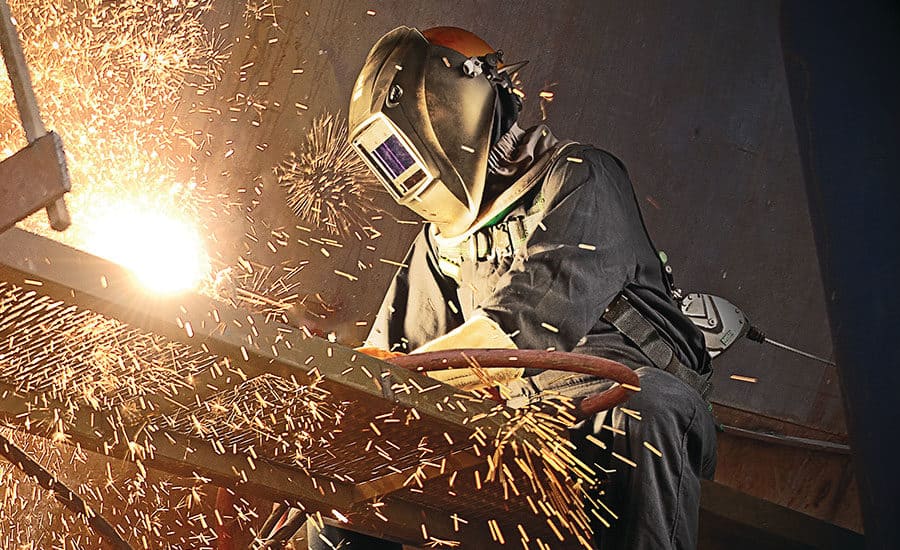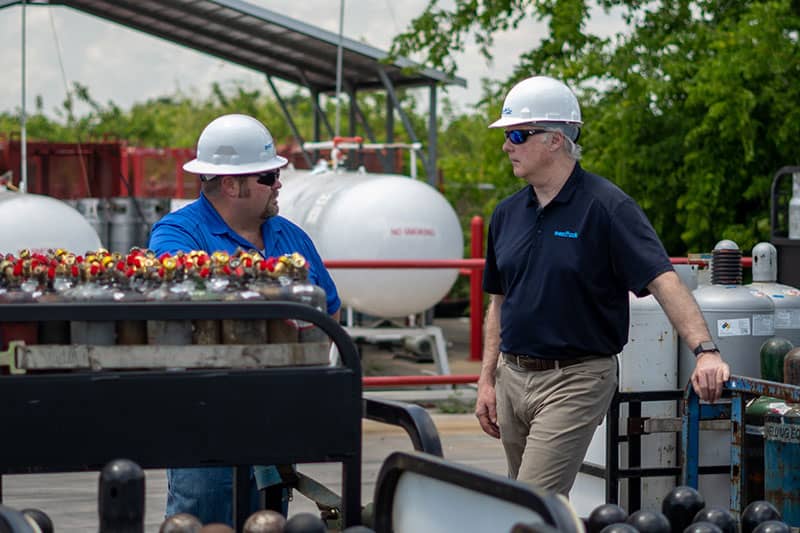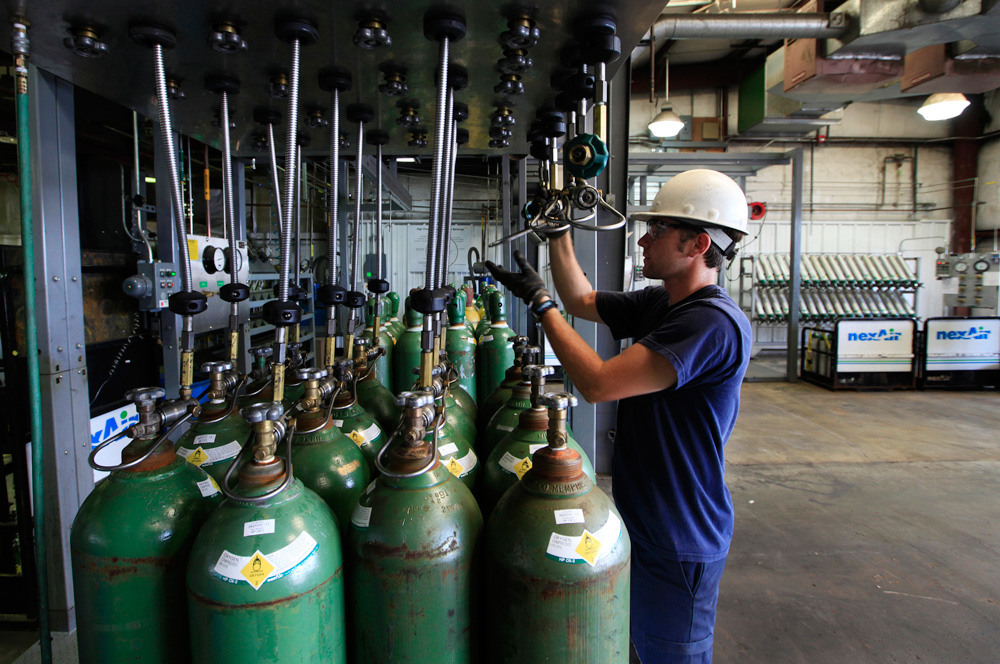Carbon Dioxide in Food and Beverage
Carbon Dioxide in Food and Beverage
Carbon dioxide is one of the gases that is used by the food and beverage industry. But what is carbon dioxide? How is it used in the food and beverage industry? We answer these questions in this article.
What is Carbon Dioxide?
Carbon dioxide also commonly referred to as CO2, is a gas found in our atmosphere. It is abundant and can be produced in a variety of ways. It is usually odorless, colorless and nonflammable at normal temperature. Inert and non-toxic, it consists of one carbon atom and two oxygen atoms. Industrially, it comes in solid, liquid and gaseous forms.
How is Carbon Dioxide Used in the Food and Beverage Industry?
Preservation Of Grains, Fruits And Vegetables
When harvested and stored, grains fruits and vegetables are susceptible to pest infestation and can result in losses. The introduction of carbon dioxide into the storage facility helps prevent this because, at a particular level, CO2 is deadly to living things thereby killing any insect or pest. The non-toxic nature of the gas makes it preferable over fumigation with chemicals.
Aside from preventing pest infestation, the gas through Modified Atmosphere Packaging(MAP) or Controlled Atmosphere Packaging(CAS), helps to keep vegetables and fruit fresh for a long period of time. It prevents it from ripening and toughening, and also from developing molds.
Drink Production
If you have ever heard the term carbonated drinks, it is a reference to drinks that have CO2 in them. They are usually infused in drinks to prevent them from spoiling during storage, and this is also what makes them fizzy.
The gas is highly soluble and when it comes into contact with water, it reacts to become carbonic acid. The carbonic acid explains the tingly sensation you feel on your tongue when you take a sip.
Frozen Meat Industry
First, carbon dioxide is used to immobilize animals before slaughtering. This method is used because it was noticed to increase the blood pressure of the animals, resulting in better quality meat. After the slaughtering of these animals, then comes the processing, storage and preservation, which can be done through cryogenic freezing or with dry ice.
Cryogenic freezing is the process of refrigeration using CO2 as a refrigerant as opposed to the traditional way of freezing. The process is faster, thereby ensuring that the meat is better stored and preserved without losing taste or texture.
Dry ice made of CO2 is favored in the shipping and transportation of frozen foods because, when it evaporates, it evaporates as a gas, not water like regular ice. This means stored foods will not get wet in the process of transportation.
Preservation of Other Food Items Through Freezing
Aside from meats, storage, preservation and transportation of other food items like fruits, baked products and dairy products are done with gas. In its liquid form, it is used as a refrigerant to preserve the taste and texture of these foods. The introduction of CO2 reduces the activation of spoiling agents.
For long-distance transportation of these food products, dry ice is preferred because when it dissipates, it dissipates as gas, not water, and it last longer than regular gas.
The Role of nexAir
To Forge Forward in the food and beverage industry, your gas needs to be the least of your worries. At nexAir, we have trained professionals that possess KnowHow and truly understand your business and the industry. We have the capacity to help you assess your business and supply carbon dioxide to you in solid or liquid forms.
Contact nexAir today to talk with one of our gas and process experts.
Looking out for your future
Get your career going on the right track with nexAir
Industry Knowledge and Expertise
Find out how nexAir KnowHow has impacted businesses all over the Southeast
nexAir in the news
Our expertise makes us more than a valuable partner, it makes us headlines
nexAir is always open!
Don't see what you're looking for?
Everything we offer is a click away and it will arrive before you know it.


